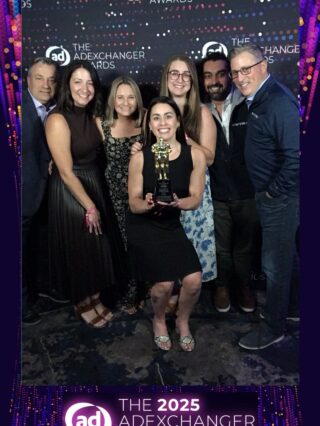ICYMI: The Office will be leaving Netflix in early 2021. So, the time has come to set your binging priority to Threat Level Midnight.
Before you start planning a fun run to save it, we should probably note that The Office is not really going away. It will be migrating to an NBCUniversal (NBCU) streaming service. Details such as release date and formal name of the platform are still being determined, but we have heard that it would be $12/month if you do not have a paid TV subscription. Most importantly, though, it will be ad-supported.
This presents a huge opportunity for advertisers. With The Office reported to be the most-watched show on Netflix, viewership numbers on a new streaming service could be astronomical.
Understanding advertising capabilities on this new platform will be crucial to realizing the potential impact. Will the inventory be available on the open exchange? Or will it be another “walled garden” of data, similar to YouTube? And how granular can the targeting be?
It will also be key to understand if consumers will be receptive of an ad-supported viewing of The Office. Netflix offers a commercial-free experience that consumers have gotten used to, so it’s possible NBCU could migrate to a higher-cost paid service that is not ad-supported. Or there could be limited ads that are bought out by singular sponsors to mitigate ad intrusion.
There are a few different model types in the content consumption space that NBCU can look to as they continue their product development:
- Entirely ad-supported content: This is not as common, but players like Pluto TV are moving in this direction, without the need for a monthly subscription cost.
- Ad-lite content: Users still pay for a subscription, but usually the monthly fee is not too expensive, ranging from $8-$12/monthly, and there are still standard ad breaks.
- Ad-free content: This experience is ad-free but users pay higher costs, starting at $15 per month. This often aligns to premium content, such as Netflix or HBO. HBO also has a new streaming service called HBO Max in the pipeline, which will have content from HBO, CNN, TNT, TBS, and more—adding yet another player in the space! The major buzz around this offering is that it will include Friends streaming exclusivity.
Streaming providers are also offering consumers multiple ways to pay. The upcoming Disney+ for example will have both an ad-lite and ad-free option, similar to Hulu. It’s possible these players could test entirely ad-supported content if consumers are receptive, although again with ad-free opportunities like Netflix being commonplace for so long, this approach might not take off.
Ultimately, these industry changes are supporting that the content consumption market will continue to become more fragmented. The old adage “content is king” will be more relevant than ever as consumers likely will not have an appetite for 5+ streaming subscriptions and will pick a few based on what content options are available on each platform. While the ad-supported nature and reception of the advertising will be critical in the success of any streaming ventures.
We can rest assured that as the landscape continues to shift, one thing will remain the same—and that is that everyone loves The Office.





